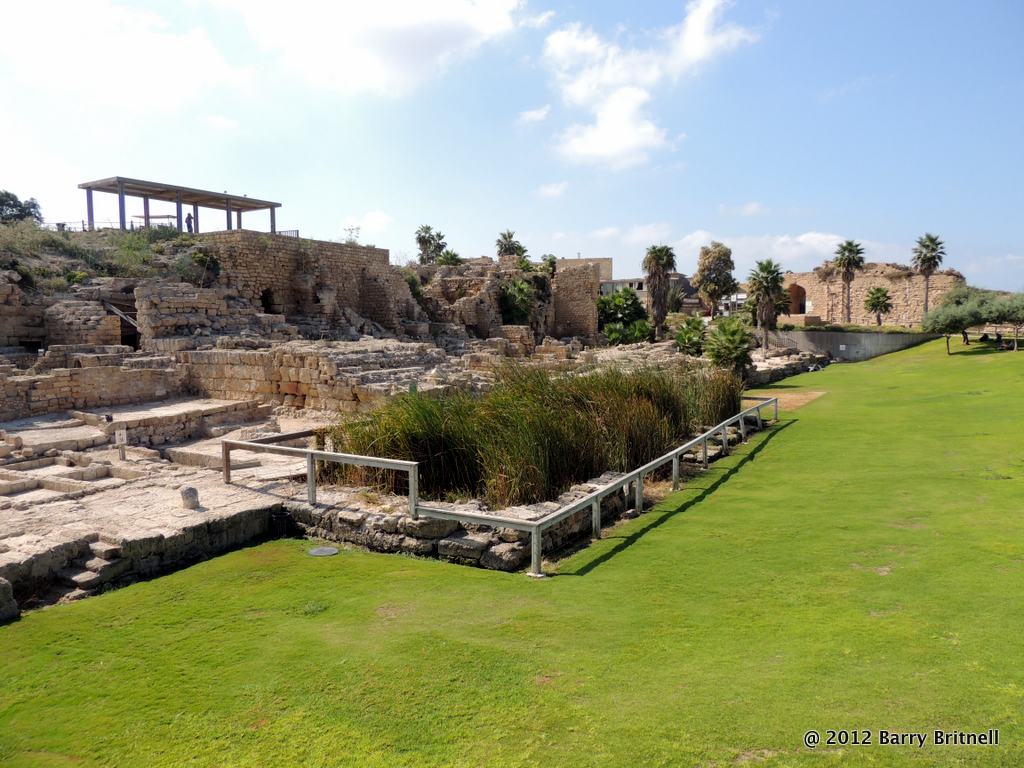I have always enjoyed the TV show M*A*S*H. As everyone knows, it was a 1970's comedy about a group of surgeons and nurses in the Korean War. The show wasn't just a comedy. It had great writers that were able to make serious points amidst all of the jokes. In one scene, Hawkeye Pierce (one of the surgeons) approaches a Korean woman who is leaving her village with a bucket.
Hawkeye: Where are you going? Woman: To get water from the spring about a mile away. Hawkeye: A mile away? Why are you walking that far? Woman: That's where the water is.
If you are like me, we take our access to water for granted. Including the outside spigots, I have seven locations around my house where I can turn a knob and out flows water.
Think about all of the major cities in the United States: New York, Los Angeles, Chicago, Tampa, Miami, St. Louis, San Diego, San Francisco, Portland, Seattle, Detroit, Boston, Washington DC, Houston. Why are those cities located where they are? It's simple: water. Even cities that are not located by large bodies of water, were founded in their locations due to water. (Ever been to the River Walk in San Antonio?)
The same thing occurred in Bible times. Jerusalem had the Gihon Spring. Capernaum, Magdala, Tiberias, Bethsaida all had the Sea of Galilee. Caesarea Philippi had the (what we now call) Banias River.
Caesarea Martima was built in its location due to two things. A local spring to supply fresh water and the Mediterranean Sea to help with the economy. However, what happens with the city's population grows to a point so that the small spring can no longer sustain the people? (At the time of King Herod, Caesarea grew to be one of the biggest cities in the region, with a population of over 100,000.) Well, you have to get water from somewhere else. In the First Century BC, King Herod determined that the other location would be Mount Carmel, about seven miles to the north-northeast.
 So, how do you get water from Mount Carmel, seven miles away, to Caesarea Maritima? If you are King Herod, with basically unlimited resources and "free" labor, you build an aqueduct. Now, think about how this aqueduct had to work. There are no electric pumps. And, water doesn't flow uphill. So, the aqueduct had to flow downhill continually for seven miles. In many places the slope of the aqueduct is so indiscernible that you literally have to put water in it to determine that the water will flow. Like many of King Herod's building projects, the architectural mastery is amazing given their primitive tools and equipment. And, he built it so well that it transported water almost continually for 1200 years.
So, how do you get water from Mount Carmel, seven miles away, to Caesarea Maritima? If you are King Herod, with basically unlimited resources and "free" labor, you build an aqueduct. Now, think about how this aqueduct had to work. There are no electric pumps. And, water doesn't flow uphill. So, the aqueduct had to flow downhill continually for seven miles. In many places the slope of the aqueduct is so indiscernible that you literally have to put water in it to determine that the water will flow. Like many of King Herod's building projects, the architectural mastery is amazing given their primitive tools and equipment. And, he built it so well that it transported water almost continually for 1200 years.
Since the aqueduct is never mentioned in the Bible, you may be wondering why this is important. It's important because it helps us to better understand the people and places of the day. I would guess that Cornelius and his family was very happy that King Herod built the aqueduct. As was Peter when he visited the city. And Paul when he was imprisoned there for two years. You can not live with out water.






